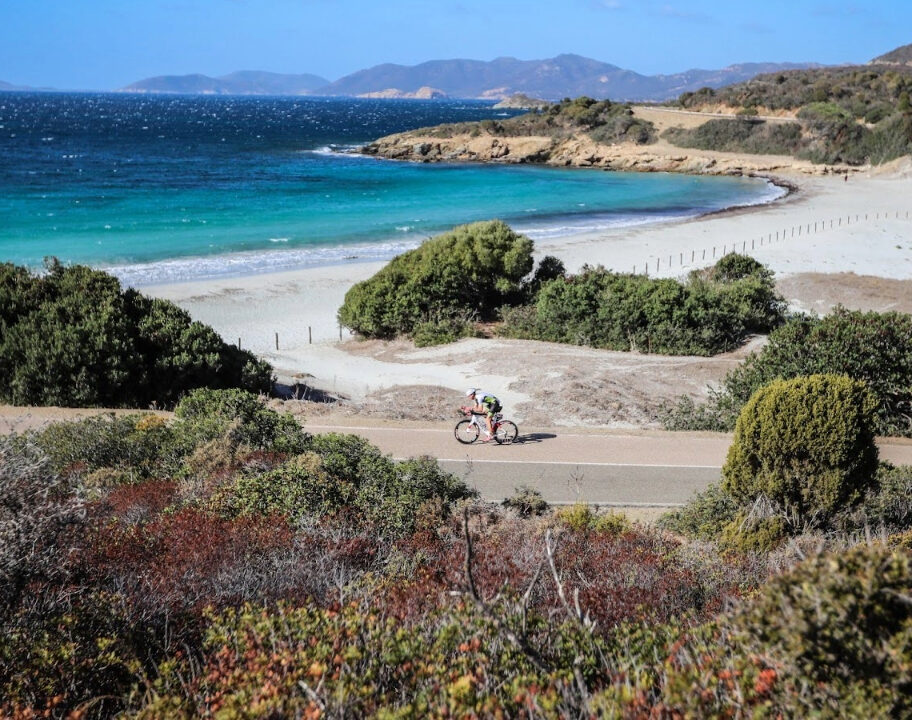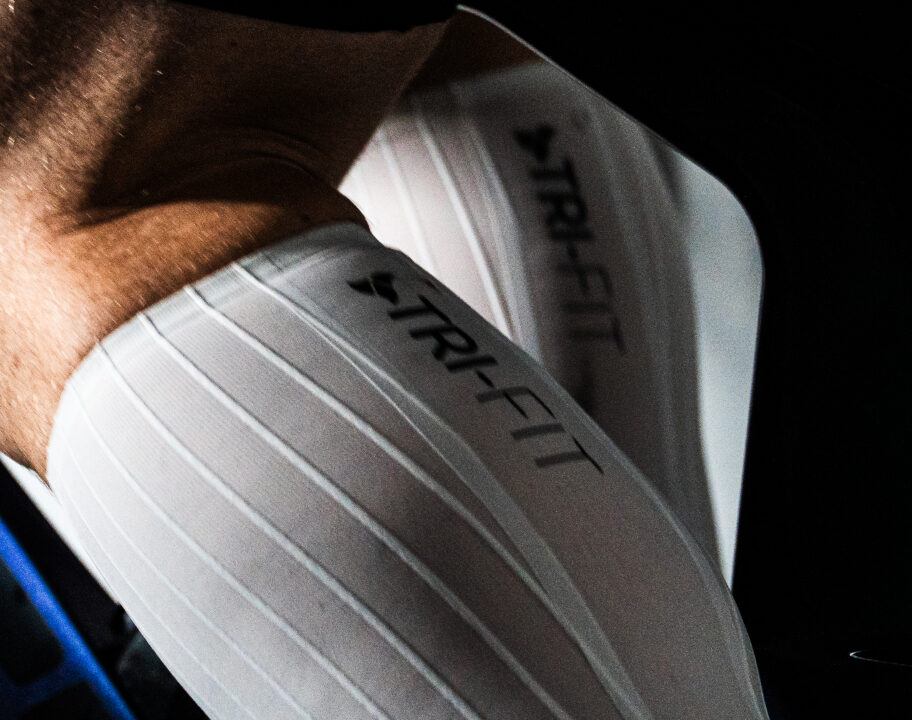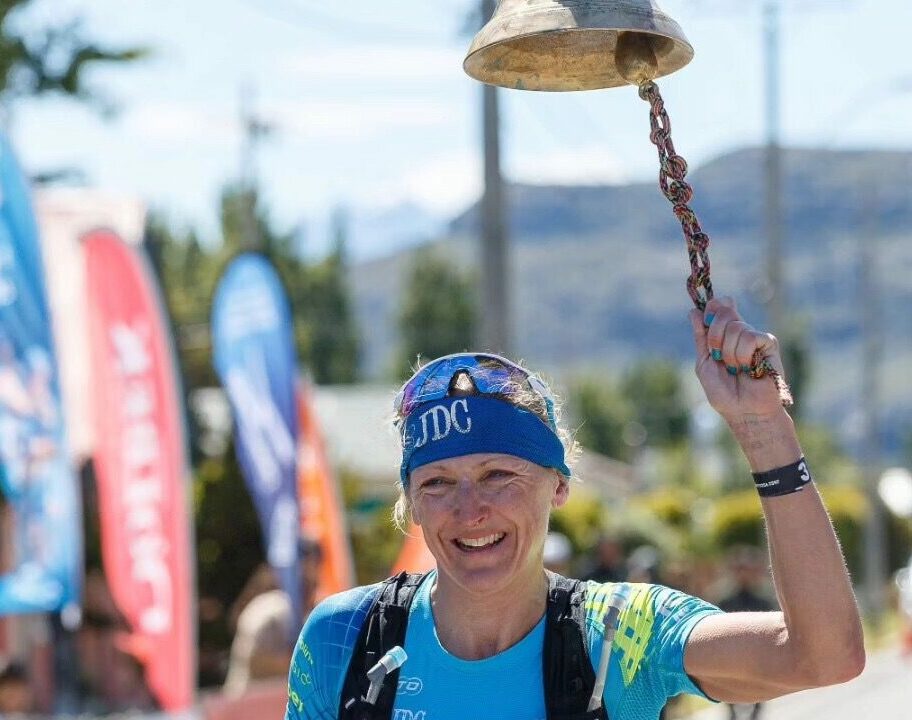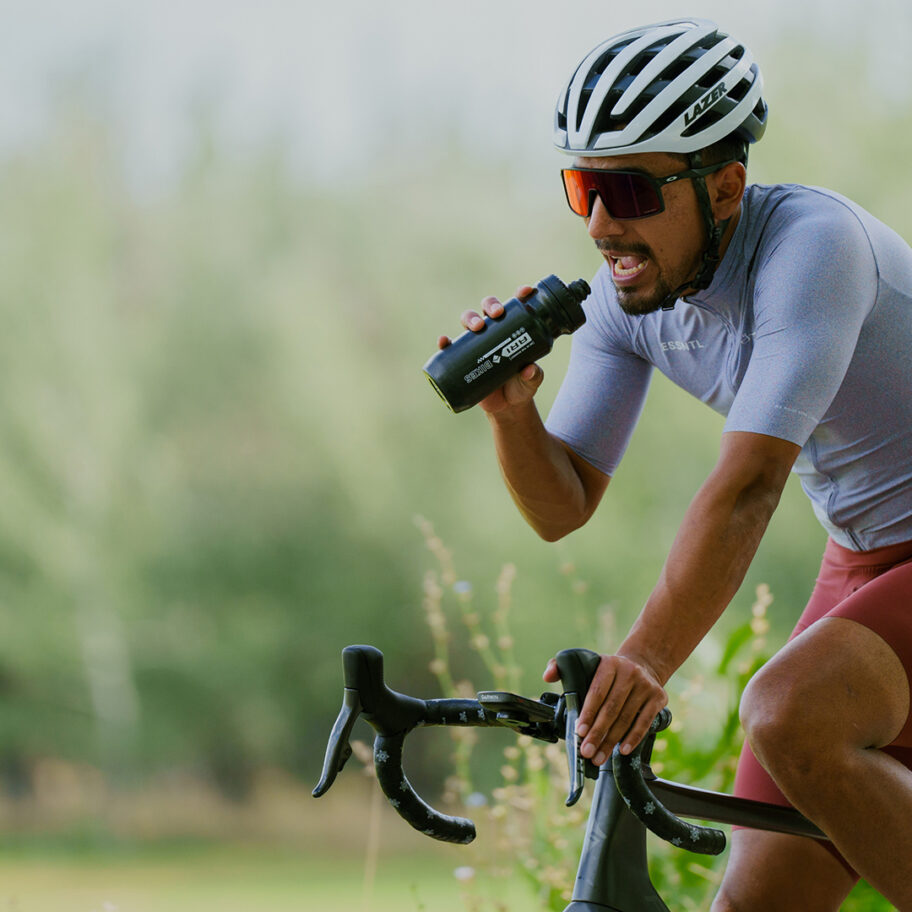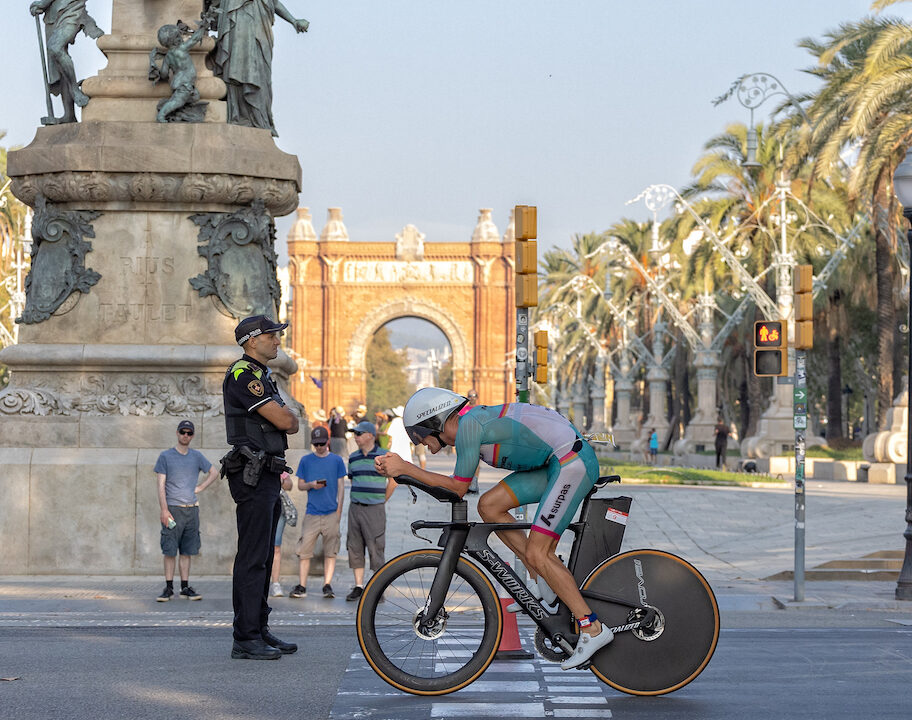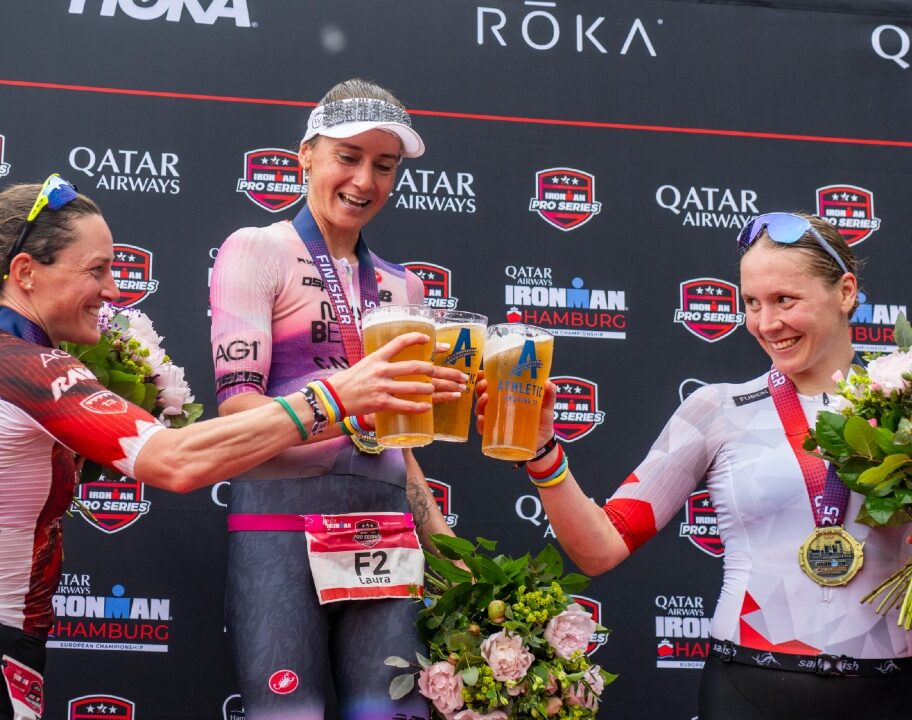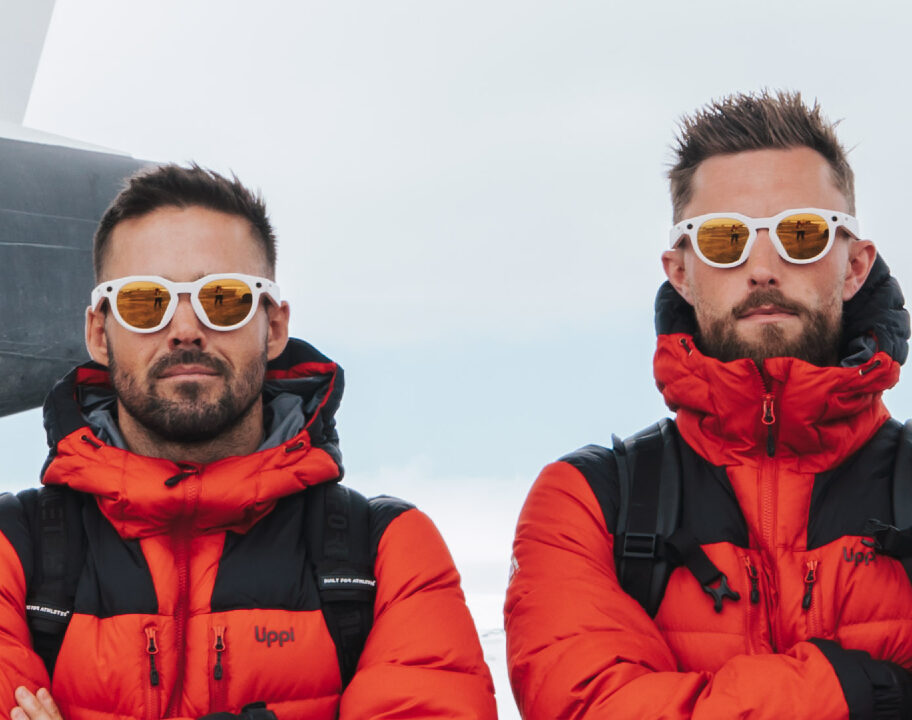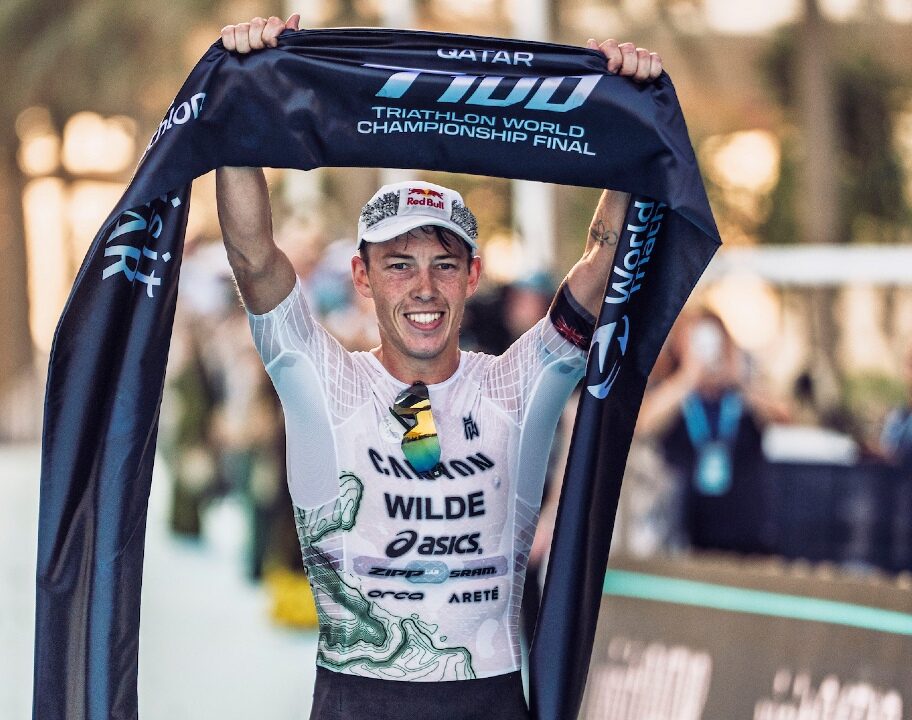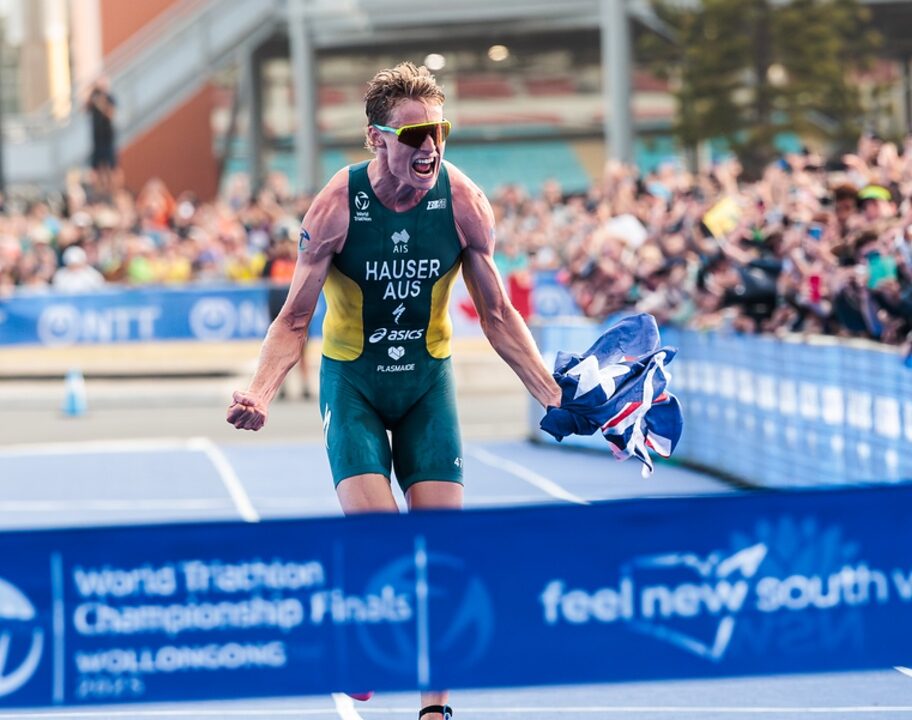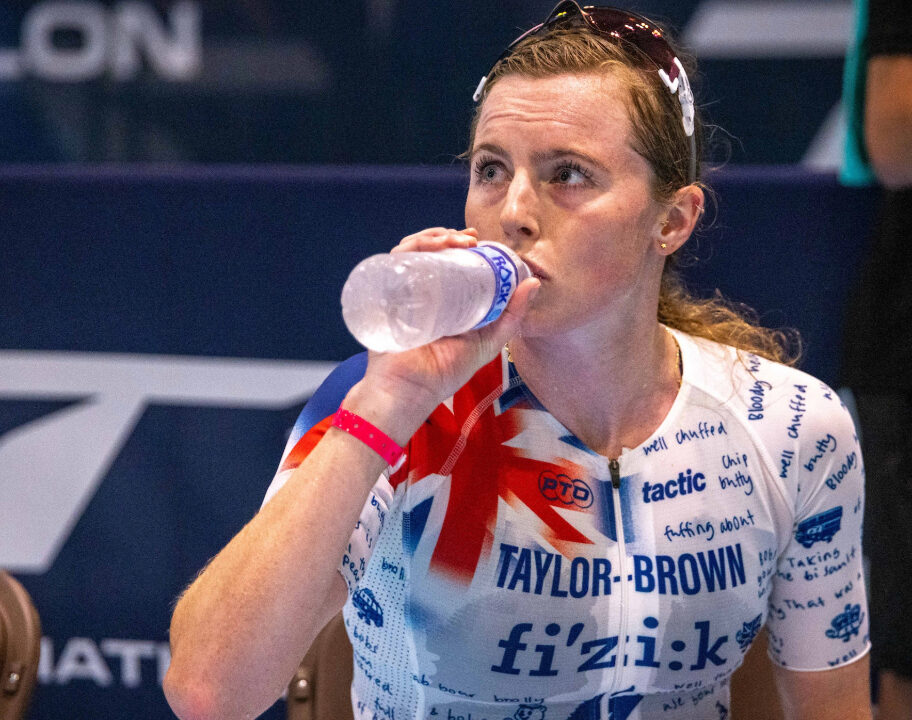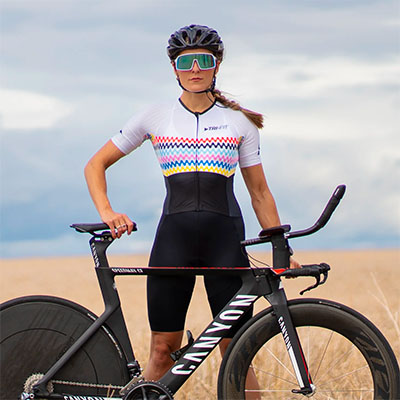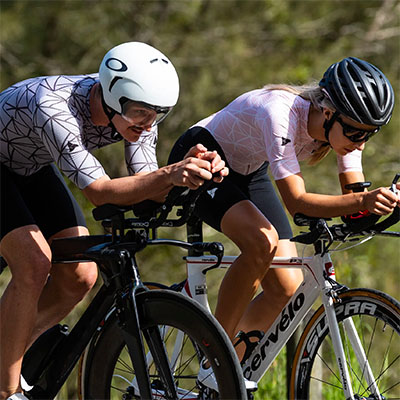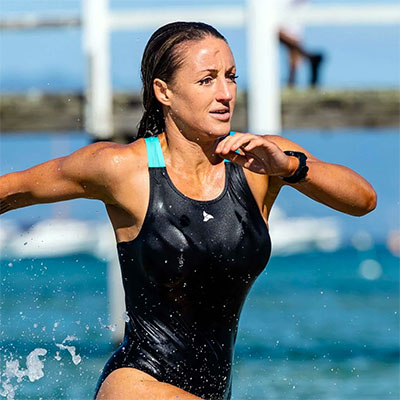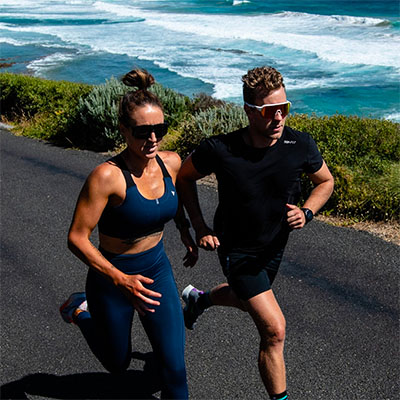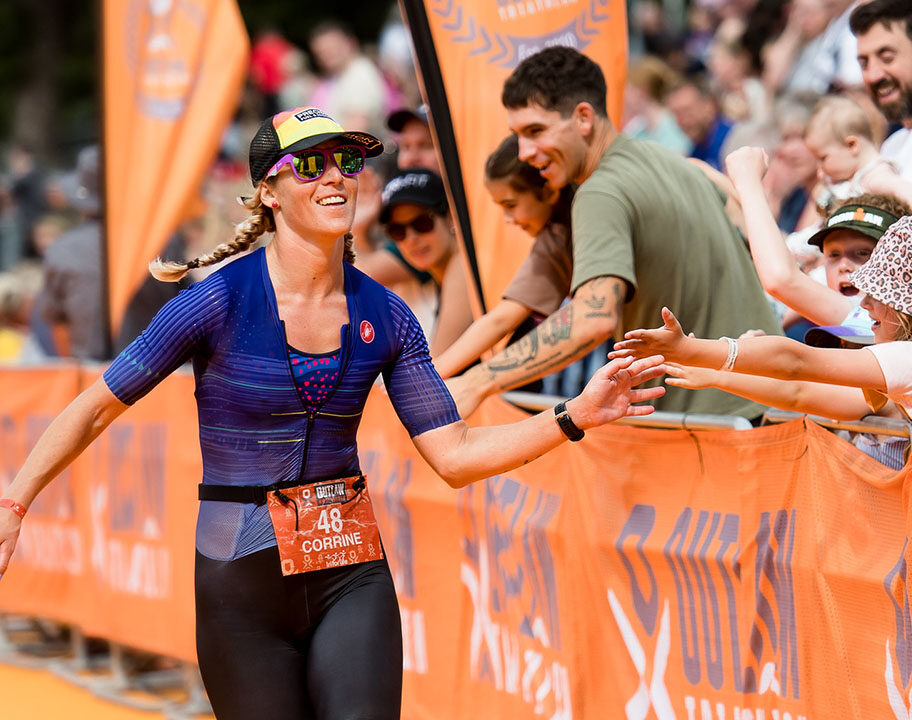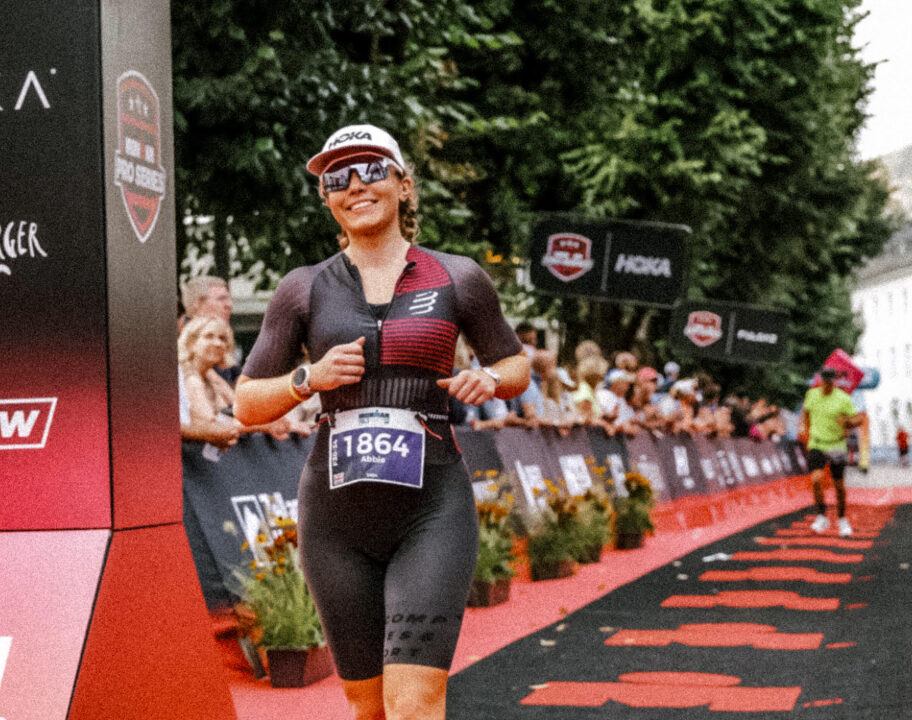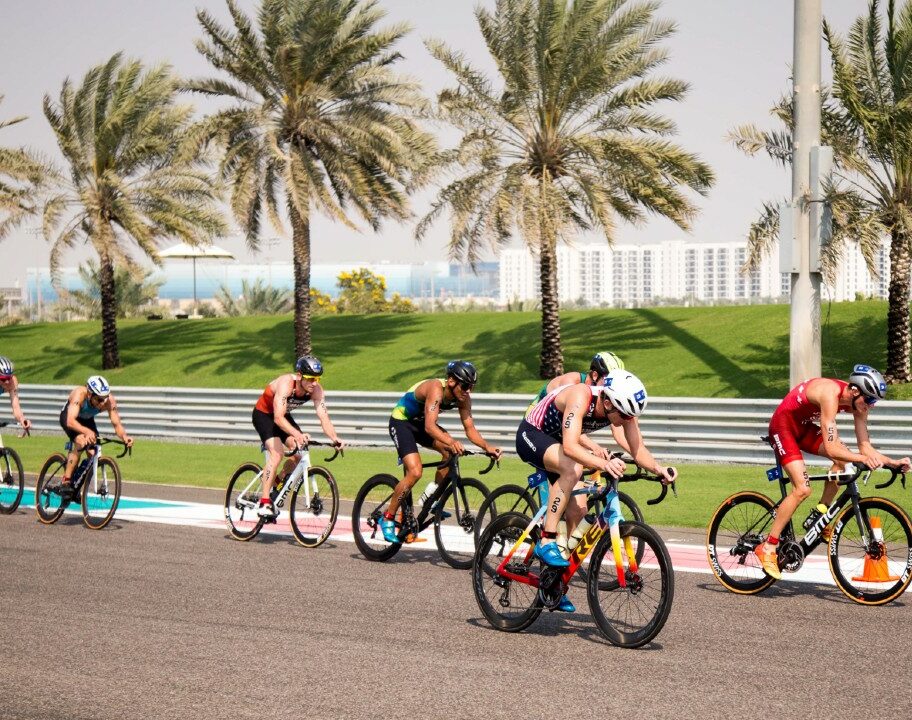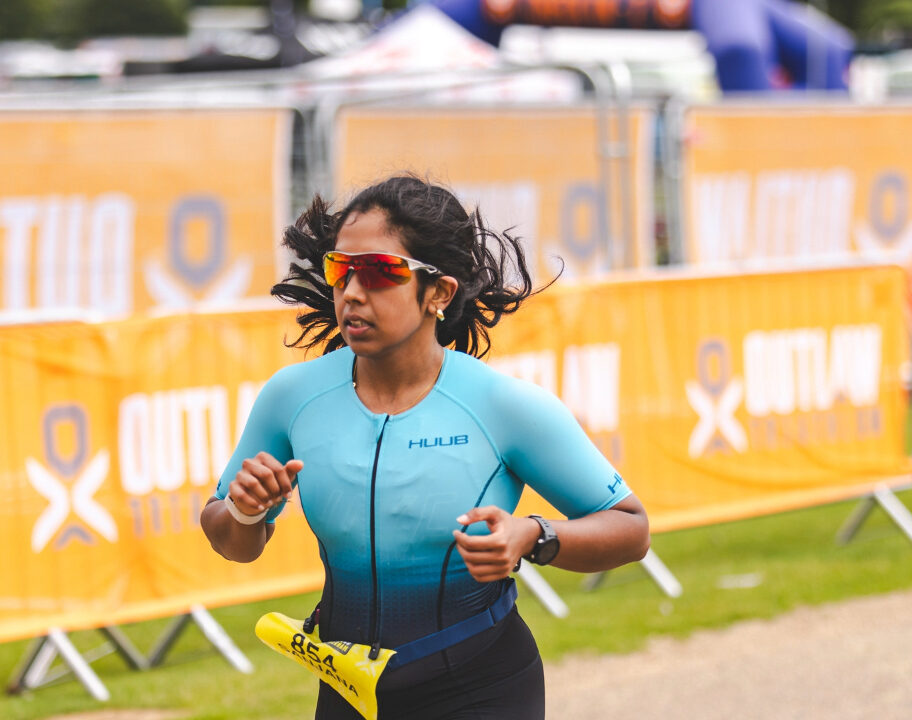Established in 2017, Challenge The Championship has become a top tier race on the triathlon calendar for PROs and age-groupers alike. The race, which is by qualification only, takes place in Šamorín, Slovakia hosted by the x-bionic sphere Olympic training centre. The unique course has provided fast and furious times over the last few years, as some of the very best names in PRO triathlon have taken to the race course and the best of the best age-groupers have battled it out over the middle distance. However, such a fast and flat race course can come with its own challenges that you need to look out for! Below are some of my tips to have your best race on the day, prepare well and hopefully set you up for a championship-worthy performance!
Tips for the swim at Challenge The Championship
The swim at The Championship is unique in that it is a point-to-point course with barely any turns. This makes it easier to get into a rhythm compared to other swim courses and sighting becomes less of a challenge. However, be aware the swim start is around a 15-minute walk from transition – this can catch athletes out on race morning and leave them rushing to get to the start in time. My suggestion would be to set up transition early, double check your equipment, then use the short distance from transition to the start for an easy warm up jog. Be at the swim start with plenty of time rather than having to rush from transition and end up feeling stressed out and flustered before you’ve even started!
Be prepared for cooler water temperatures
The swim used to take place in the Danube River, which made for cold temperatures and a challenging current. In more recent years, it’s been moved to the adjacent canal, which makes for an easier swim. But the water temperature can still be a bit chilly at this time of year – typically around 15/16 degrees C. With the air temperature being similar for the race start, it’ll feel quite fresh! I would recommend wearing a thermal swim cap to trap some heat in your head and possibly an extra layer under your tri-suit if you’re an athlete who tends to feel the cold. Of course, if you are used to colder water and temperatures this may not be needed.
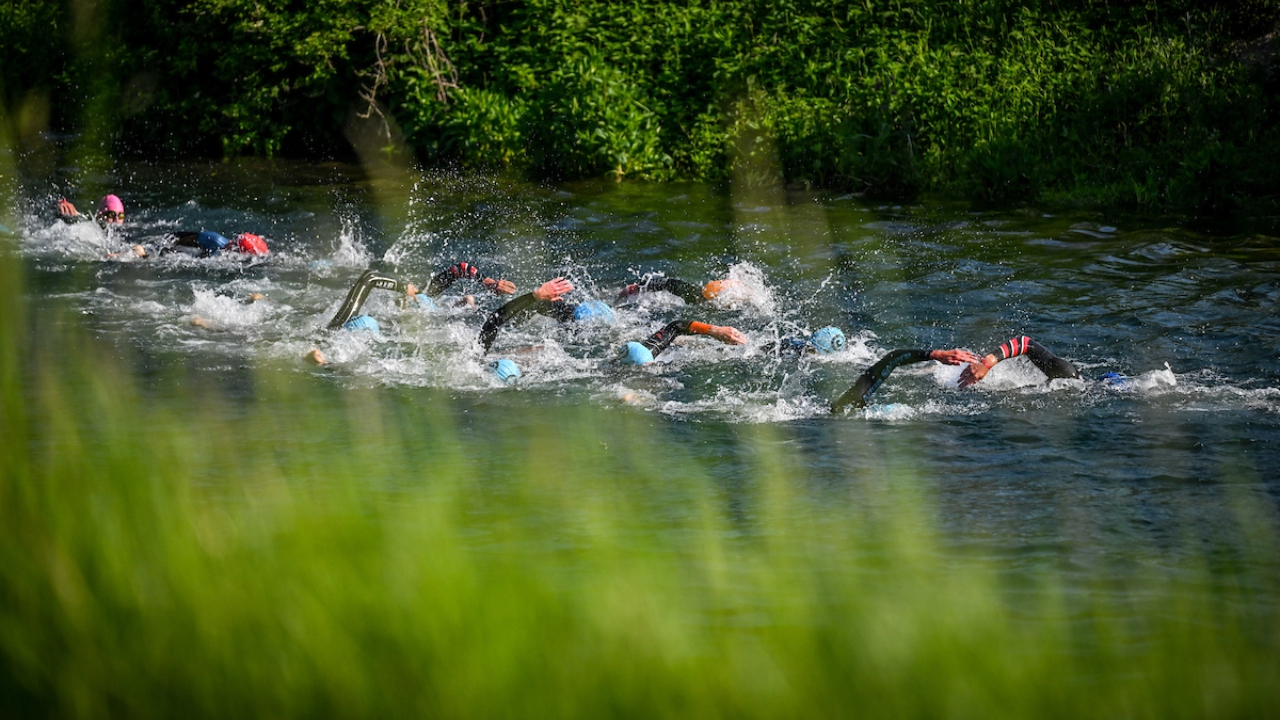
Along with those kit considerations, having a good land-based swim warm up will be important. I tell athletes to get VERY warm prior to the swim start. You can do this by skipping, press-ups, squats, jogging on the spot and generally moving around. Doing this before and once your wetsuit is on will allow you to start the swim with warmer muscles and less chance of any shock. There may also be time for an in-water swim warmup however, if there is a long period between the swim warm up and race start, I wouldn’t recommend this. Standing around getting cold and waiting to start the race can work against you.
Once in the water control your breathing, stay relaxed and your body will acclimatise. If you are concerned about the temperature I would suggest getting into the water slowly, splashing some on your face neck and in your wetsuit before you fully submerge!
Make the most of drafting in the swim
Finally, with the swim being point-to-point and mainly in a straight line you can really make the most of the opportunity to draft in the swim. Ideally, you want to sit on the hip of a slightly faster athlete to get the optimal drafting advantage and get some free speed. At the very least, try to get on some fast feet. Positioning yourself well is key. With the wave start, you shouldn’t have too much congestion to deal with so make the most of the clear water to nail a solid middle distance swim split.
Bike course: aero is everything
Keeping up with the flat and fast theme, this bike course is a dream for many triathletes! It is a super flat out and back course that can see serious speeds being put down. As “easy” as that might sound – the reality is, it comes with its challenges. Firstly, being aerodynamic and equipment is key here, the more aero you are the faster you will go and less power you need to produce. So pick your kit wisely. Consider using deep section race wheels, a TT helmet, an aerodynamic hydration system (or at least, aero bottles if you’re storing your hydration on your frame) and calf guards to make yourself and your bike as aero as possible. Marginal gains are going to matter a lot on this course. In the last few years we have seen age group triathletes looking at aerodynamics and kit choice just as much as professionals, and if you want to be riding fast on a flat course its crucial to pay attention to this!
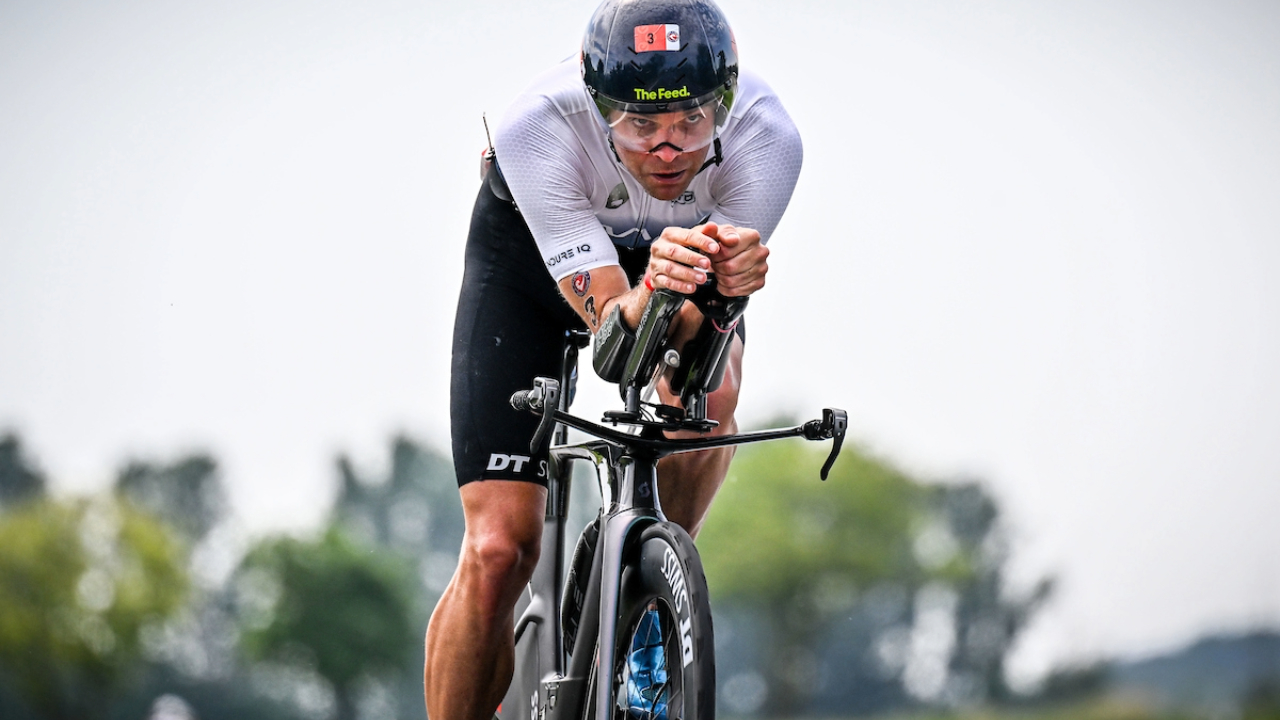
Pacing and nutrition
However, your equipment can only do so much of the work. It’s also important to stay in your TT position, and pace yourself. On a flat course like the one at The Championship, it’s easy to go out VERY hard and get carried away with the speed. You may find yourself flying up to the 45km mark – and then dying on the way back to T2. So build into this race, break it down into 20km chunks and build through the race. You may have to factor in wind on the day and could be pushing into a strong headwind on the push back to transition, so make sure you have enough left in the tank.
Fuelling will be key on the bike. When its such a flat course and you are staying aero it can be “easy” to forget to fuel – both hydration and nutrition. Make a mental note of when you plan to fuel and stick to this. There are also 3 aid stations out on the bike course if you need and slowing down for these will be crucial to not miss your moment!
Finally keep your focus on the bike – when the course is flat and straight, it can be easy to lose mental focus. Breaking the course down into segments will help with this. As tough as it will be with no ‘excuse’ to sit up out of your TT bars – holding your aero position and keeping your race power on track will be essential for a fast split.
Tips for taking on the tough run course
The run is the most challenging part of The Championship course and this is when things start can really start to get difficult! The run consists of 4.5 laps on a twisty course with a mix of grass, sand and trail. Many athletes who start out strong on the run find their legs tiring and fading after a few laps. The mixed terrain can be tough on the legs and energy sapping. But the upside of the multi-lap format is you get to pass the buzzing finish line area several time, and the atmosphere you’ll get here from the crowds is a highlight.
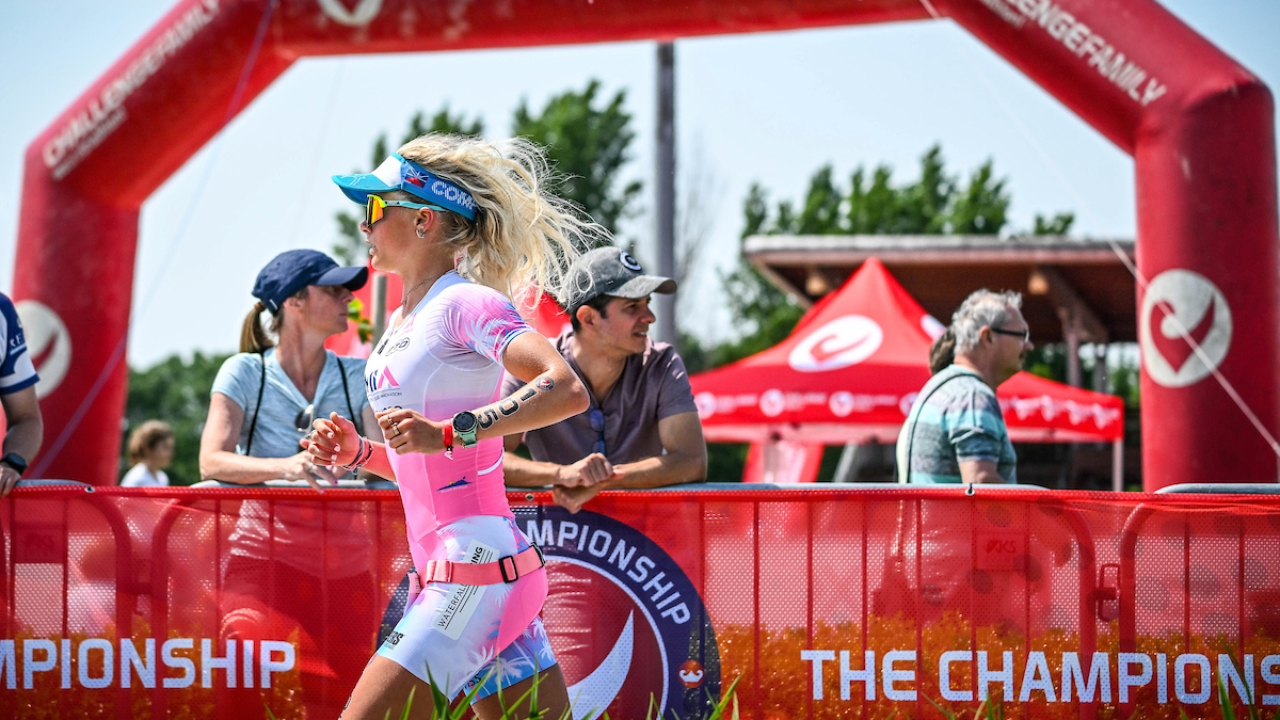
Pace yourself well on the run. Use the first lap to know the course, where can you push? Where does it hurt the legs more? How wide do you need to take each turn? After the first lap I would build into the run and start pushing the pace where you can. With it being 4.5 laps, break it down and tick them off one by one rather than focusing on the total distance. The KMs will soon fly by!
Whilst looking simple on paper this race truly comes with its unique challenges, from the colder swim, fast and flat bike to the mixed terrain run. With some extra preparation for these elements and truly understanding this course you can set yourself up for a great race! Now you’ve got tips for the course, take a look at my recommendations for what to do – and what NOT to do – during race week to make sure you get to the start line feeling ready to go.

